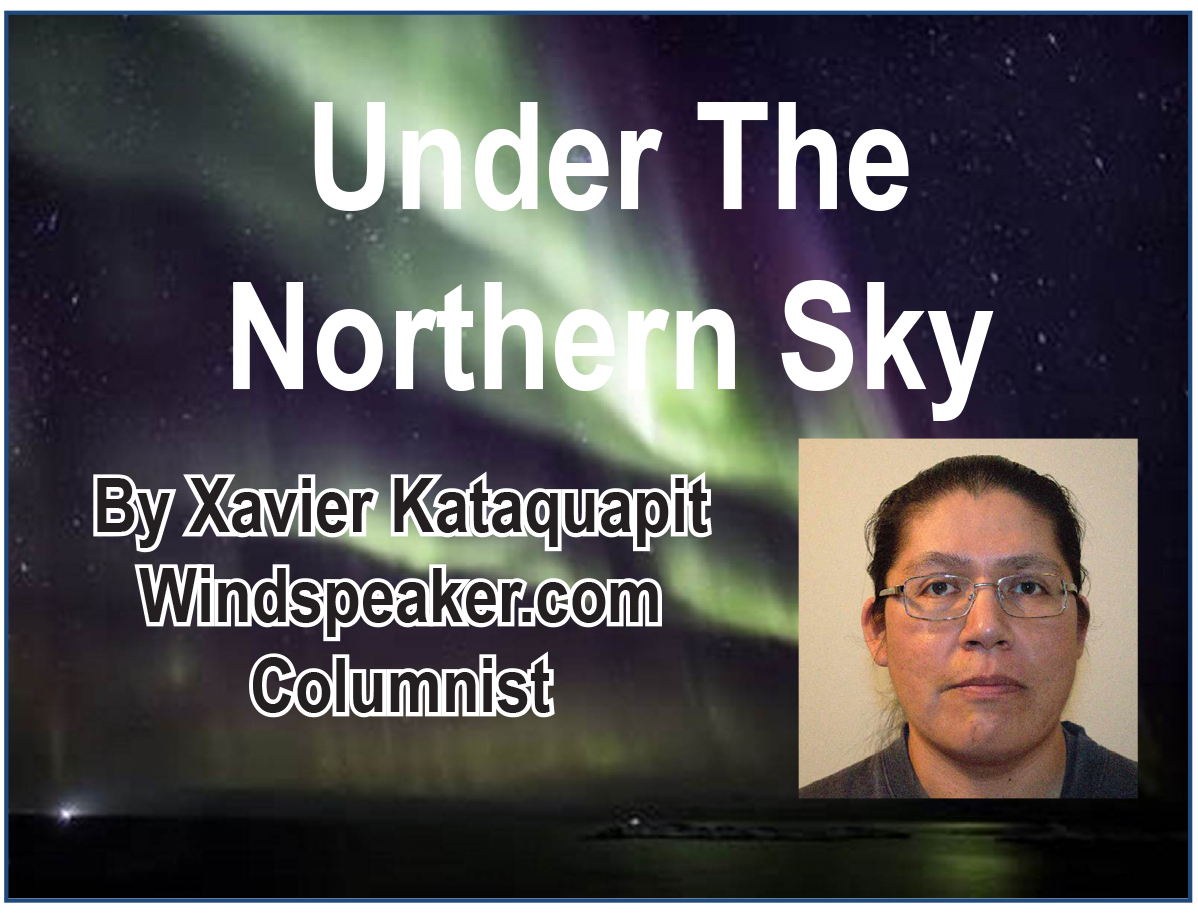
By Xavier Kataquapit
Chief Wayne Wabie called me this past week to share news that his community, Beaverhouse First Nation, had officially been acknowledged as a First Nation by the government of Canada. This was a conversation of pure happiness, joy and relief.
Beaverhouse First Nation has been recognized by First Nation governments for decades. They have always been seen by Indigenous people as a First Nation. The problem was that the government of Canada had never acknowledged these people and their rights to the land they inhabited for time immemorial.
I have been working with First Nations in northern Ontario for many years and Beaverhouse was one community that I have had the privilege to follow for a long time. I had a chance to interview the late Chief Roy Meaniss on several occasions to hear about the struggle he and his community faced in seeking formal recognition from the government. Chief Meaniss was the main advocate in starting this long process over 30 years ago in the 1980s. Chief Gloria McKenzie then took up the struggle in the early 2000s and later it was taken on by Chief Sally Susan Mathias-Martel.
Chief Mathias is more famously known by her previous name Marcia Brown-Martel. She led another fight that is closely associated to the community, the 60s Scoop, a period in Canadian history that saw the removal of Indigenous children from their families to be placed in non-Indigenous homes away from their communities and their culture.
The more recent fight for recognition was invigorated by the youthful energy of Chief Wayne Wabie, who had served under Chief Meaniss and the other chiefs. Over the years, most of those lobbying for First Nation recognition did so on a volunteer basis as there was little funding available. Nishnawbe-Aski Nation (NAN), our regional organization for the Treaty 9 area, provided much needed assistance, along with support by Wabun Tribal Council of which Beaverhouse First Nation is a member. Grand Chief Derek Fox was on hand for the historic announcement.
Over the years I had the opportunity to interview Elders, such as Wayne’s father Tom Wabie. I also worked on stories with the late Clara Mathias and the late Emmaline MacPherson. These wonderful Elders were born into traditional lifestyles on the land, spoke their language and embodied the strong spirit of their people. It was sad, frustrating and difficult to hear the stories they shared of living in a world where they were forgotten and set aside for the simple fact that a government chose to ignore them.
In 1905 and 1906 when Treaty #9 was being signed in northern Ontario, the government of Canada worked hand in hand with the Hudson Bay Company to organize the signing of the treaty. The company labelled every new First Nation according to where their trading posts were located. Beaverhouse had the unfortunate distinction of not falling under one of these trading posts and due to the ignorance of a private company, this community was left out of the treaty.
Being left out meant that they had no special rights to the land they lived on, no compensation for all the companies that ran across their hunting grounds and no control over what they could or couldn’t do in the territory they called home.
As government and private enterprises made enormous fortunes on the land the people of Beaverhouse called home, this community was left with nothing and no compensation for the land that was taken and the livelihoods they lost. They could not even get jobs.
The lack of recognition or a land base meant that they were forced to live in communities where Indigenous people were not welcome. It must have been a difficult space to occupy. On one hand they could not survive on their homelands due to the encroachment of industry and on the other hand they were not welcome to join in the development.
Racism was a normal part of life back then and it made an Indigenous person’s life difficult. I can only imagine how much worse it was for the people of Beaverhouse First Nation, who had no land and no recognition.
The remembrance of this long, sad and difficult hundred-year period for Beaverhouse First Nation is what makes the news of this recognition by the government so profound. It now means that the community can start the process of asserting their rights on the land they were born on and where their ancestors lived for many generations.
It is sad to realize that all those Elders who had to deal with such a hard life could not be here today to finally realize their homeland had been recognized. I know in my heart that all of these ancestors would be so happy to know that all future generations now have a chance at a brighter and more prosperous future.
Nee-nas-koo-min mee-see-way kee-nee-wah-o oo-chee (I send my praises to all of you).
